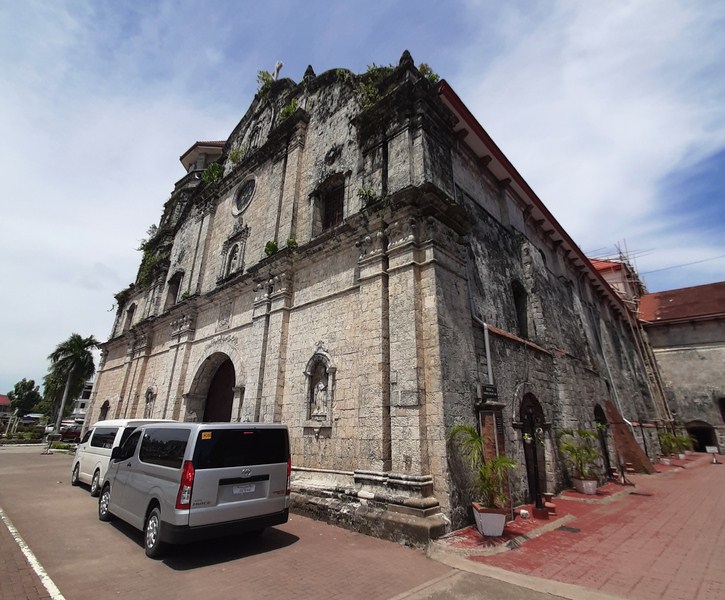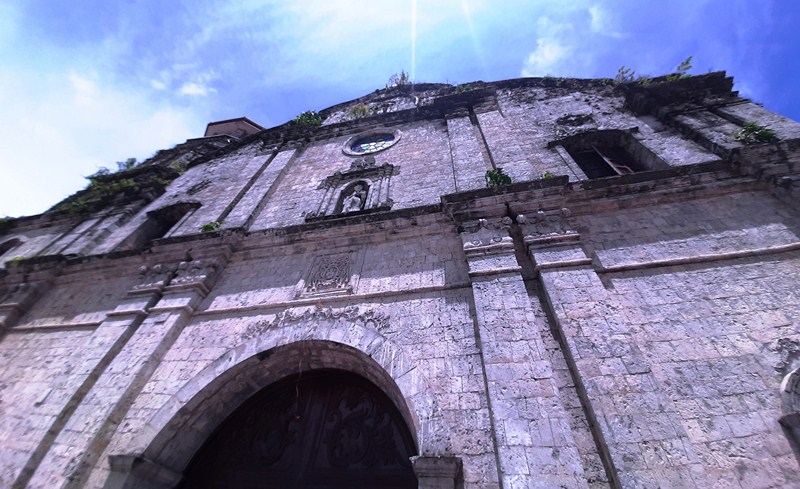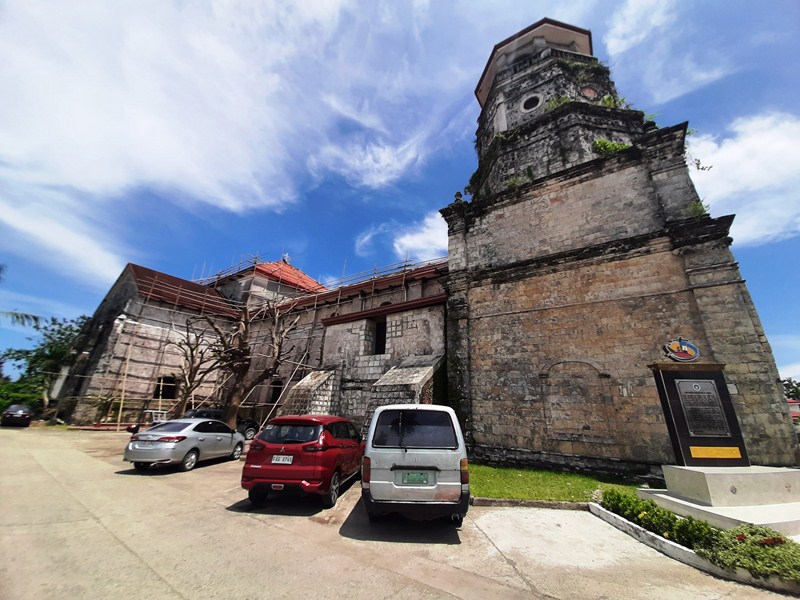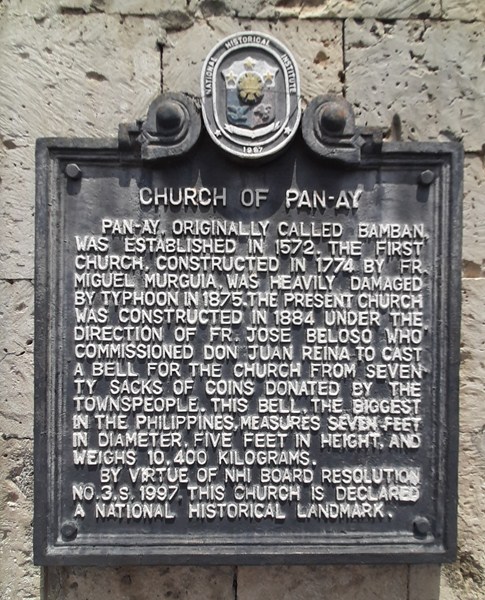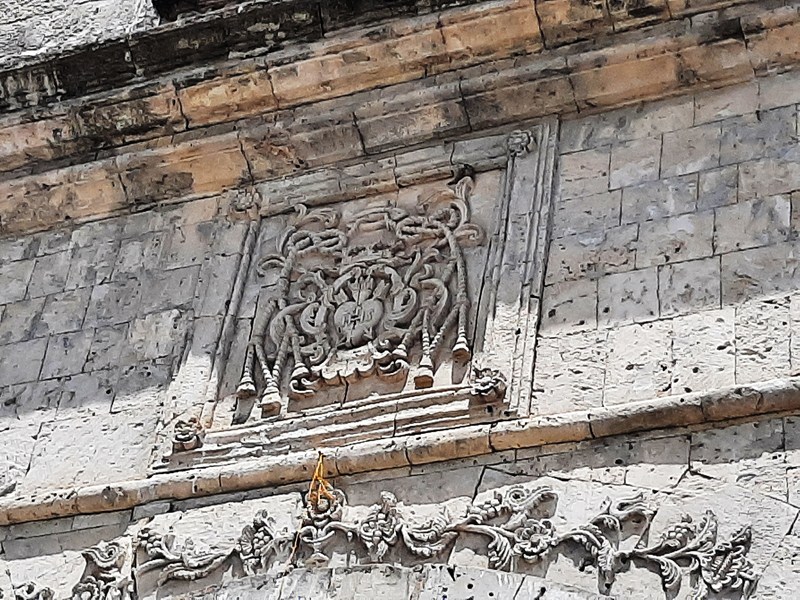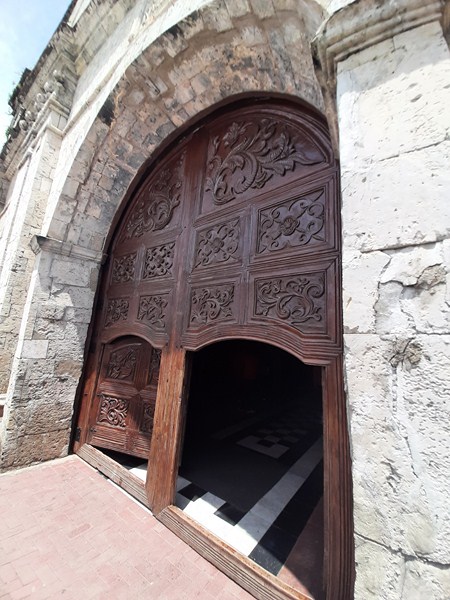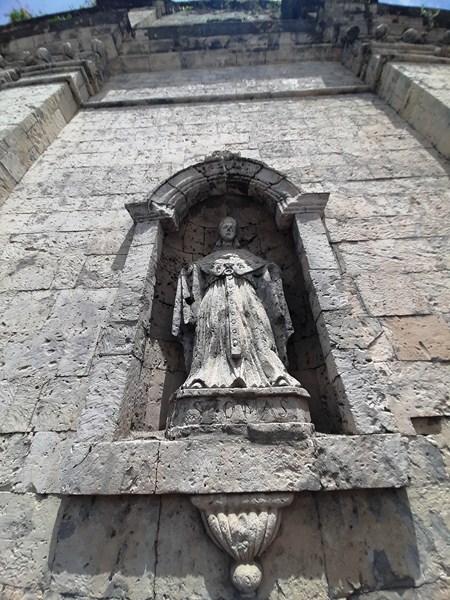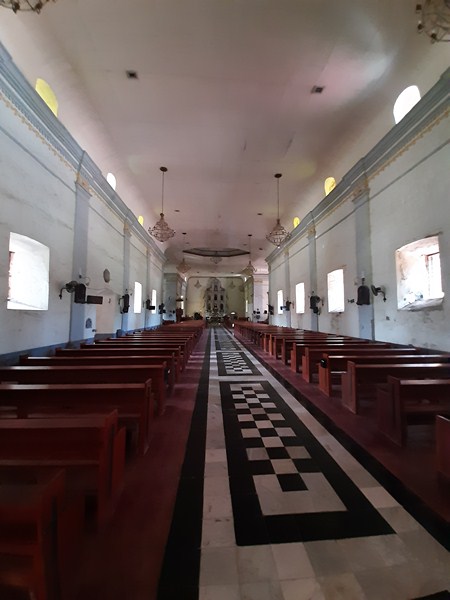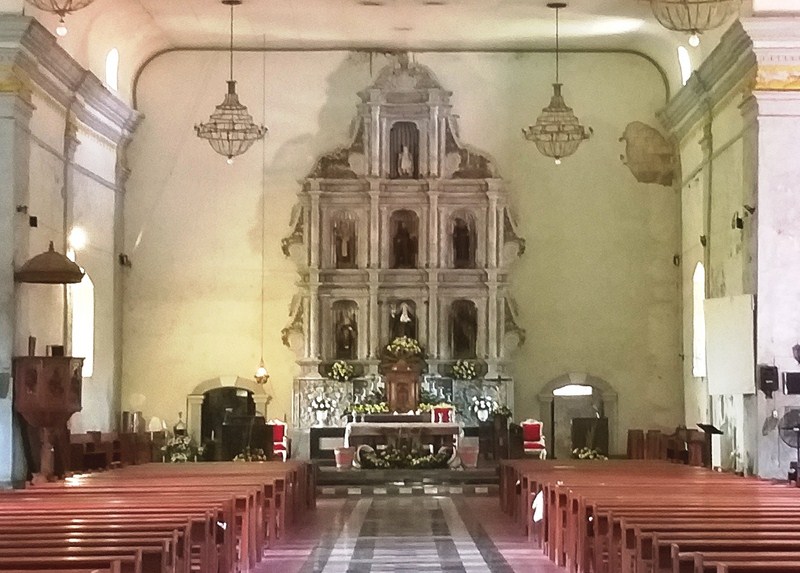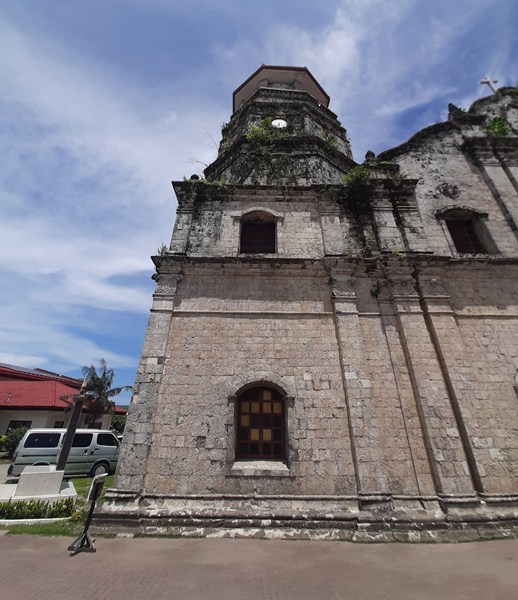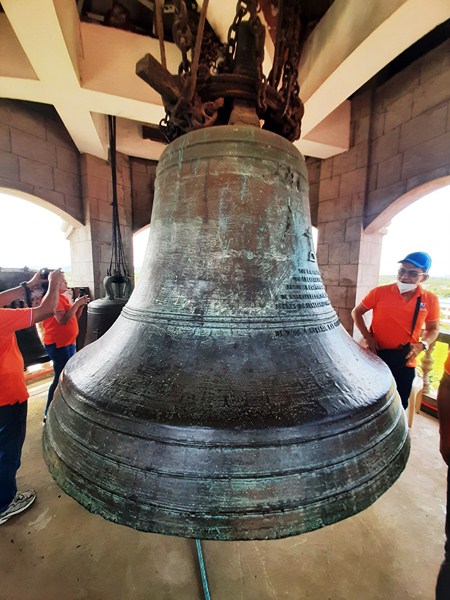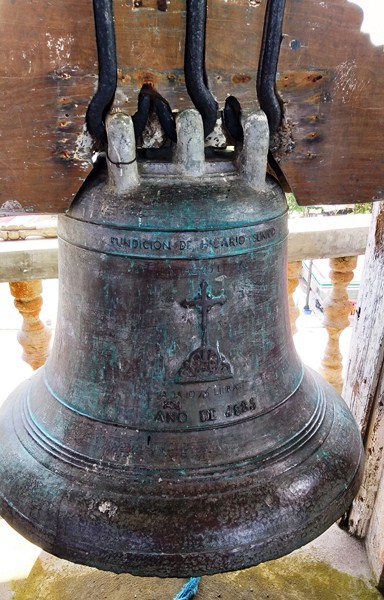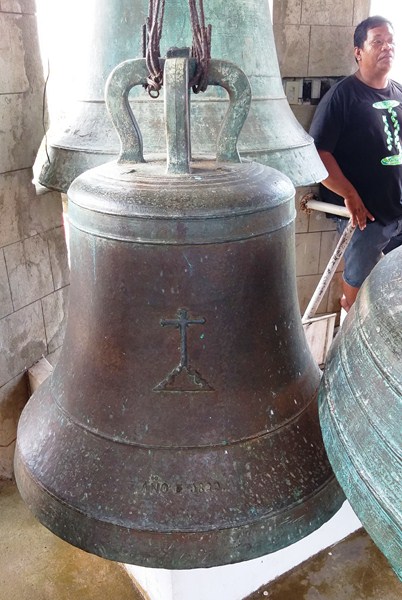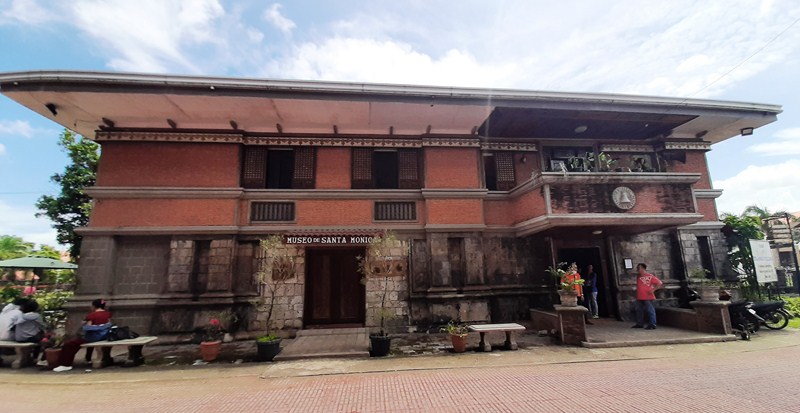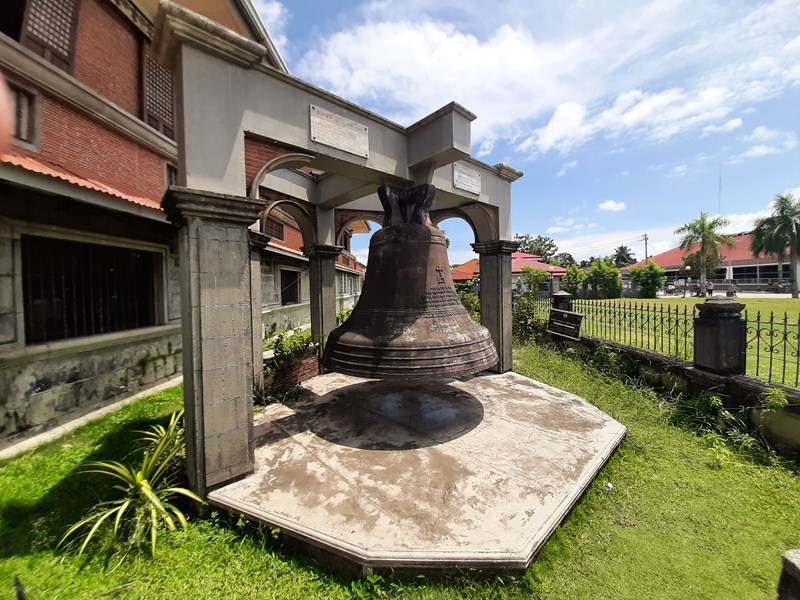This church is an excellent example of Filipino Colonial Baroque style (defined by the used of attached coupled piers in the Corinthian style) that has blended well with the Neo-Classical influence. It was first built before 1692 and rebuilt in 1774 by Augustinian Father Miguel Murguia.
The church was greatly damaged by the March 5, 1874 (roof blown away) and January 17, 1875 typhoons (transept was toppled) but was rebuilt in 1878, restored by Father Jose Beloso in 1884 and beautifully repaired by Father Lesmes Perez in 1895.
In 1997, by virtue of National Historical Institute (now the National Historical Commission of the Philippines) Resolution No. 3, the church was declared as a National Historical Landmark and, on July 31, 2001, was also listed as a National Cultural Treasure by the National Museum of the Philippines.
On June 16, 2001, restoration of the church began and it was finished on May 4, 2008. The wooden trusses and the roof were replaced by a steel and galvanized iron structure.
This Latin cross-shaped church is 80 meters long, 25 meters wide, 18 meters high and has three-meter thick walls of white coral. Its simple but imposing Baroque facade is decorated by shallow paired pilasters (with narrow grooves in between which divide it into symmetrical and well-balanced rectangular sections.
The semicircular arched main entrance is flanked by two small niches with life-size statues of Augustinian saints St. Thomas of Villanova and St. Augustine and is topped by a rectangular carving of the Augustinian emblem.
The second level has an ornate niche of St. Monica topped by a rose window. The curvilinear, undulating pediment has a relief sculpture in the center flanked by decorative stone blocks and topped by pineapple-shaped finials.
Its richly decorated interior, the best-preserved in Panay, has a terra cotta tile floor (accented by colored marble and black slate tiles), and several elaborately carved, Baroque-decorated retablos, done by Manila artisans, of silver and hardwood at the large central as well as the four lateral altars, all gorgeously decorated with various high quality, polychromed statues.
Jose Bergano (also called Sarhento Itak), the town’s greatest sculptor, did most of the bas-reliefs and religious statuary.
The five-storey belfry, on the church’s left, has a quadrilateral base with octagonal upper stories (with two sides longer than the other). It houses the Panay Bell which can be reached by a 63-step, independent steel stairway. This unusually huge (affectionately called Dakong Lingganay, Hiligaynon for “Big Bell”), said to be the largest in Asia and the third biggest in the world, is 1.5 meters (five feet) high, two meters (seven feet) in diameter and weighs 10,400 kilograms (22,928 pounds).
It was made from 76 sacks of gold and silver coins collected from the townspeople by Father Jose Beloso and cast in 1878 by the blacksmith and casting shop of Don Juan Reina (who settled in Iloilo City’s J.M. Basa Street in 1868).
Its sound was loud enough to reach every nearby town (its echo can be heard seven kilometers away) but, after a month’s time, the bell cracked.
The bell’s long inscription reads: Soy la voz de Dios que lleva rey en zalzare desde el principio hasta el finde este pueblo de Panay para que los fieles de Jesus vengan a esta casa de Dios a recibir las gracias elestials. (“I am God’s voice which I shall echo and praise from one end to the other of the town of Panay, so that the faithful followers of Christ may come to the house of God to receive the heavenly graces”).
Eight small bells also surround this big bell. One bell dates from 1721 and was cast by Benitus a Regibus, Hilario Sunico and Juan Reina. Another was installed in 1867.
The L-shaped convent, also built by Father Beloso, was also destroyed by the 1874 and 1875 typhoons, elegantly reconstructed in 1892 by Father Miguel Rosales, O.S.A., finished in 1895 by Father Gregorio Hermida, O.S.A. and restored by Lesmes Perez, O.S.A.. Shortly thereafter, it was intentionally burned, along with the municipal hall, on orders of Spanish Governor-General Diego de los Rios to dislodge rebels from the town during the Philippine Revolution.
On December 14, 2008, the modern convent (with remnants of the old convent incorporated into it) was blessed along with a replica of the Panay Bell located beside it. Behind the church are remnants of a wall, said to have been part of a fortification.
Church of St. Monica: Iloilo East Coast-Capiz Rd., Panay, Capiz. Tel: (036) 651-9765. E-mail: santamonicadepanay@gmail.com. Coordinates: 11.555622°N 122.793905°E. Feast of St. Monica: May 4.
How to Get There: Pan-ay is located 7.4 kilometers (a 15-minute drive) east of Roxas City.

